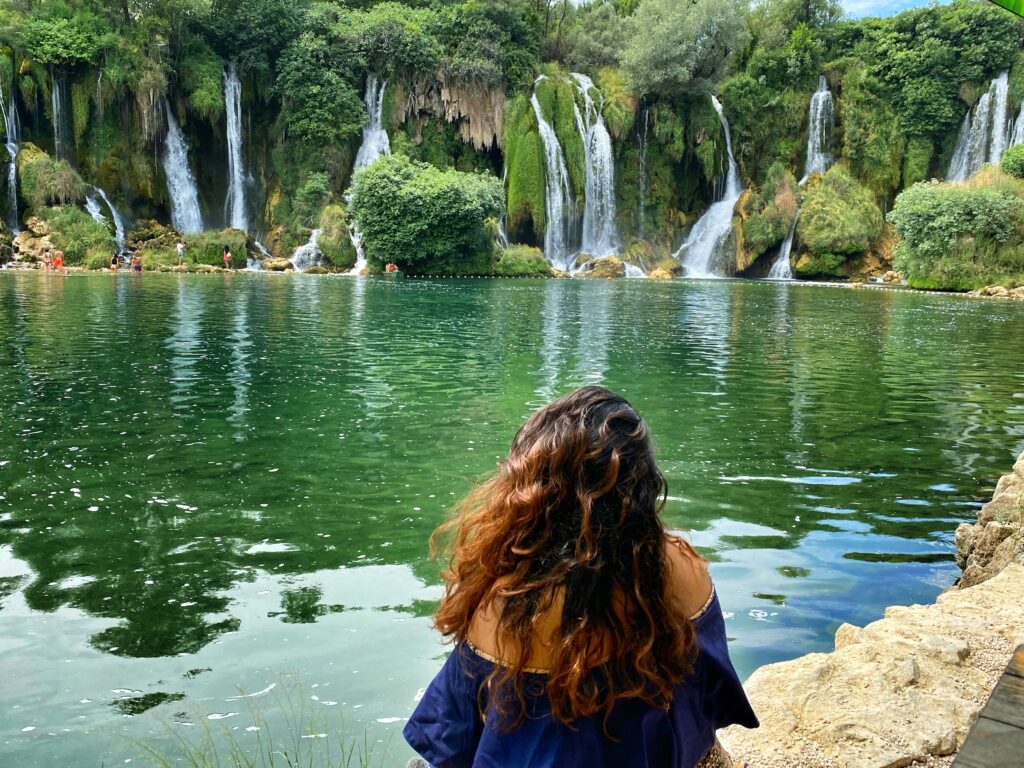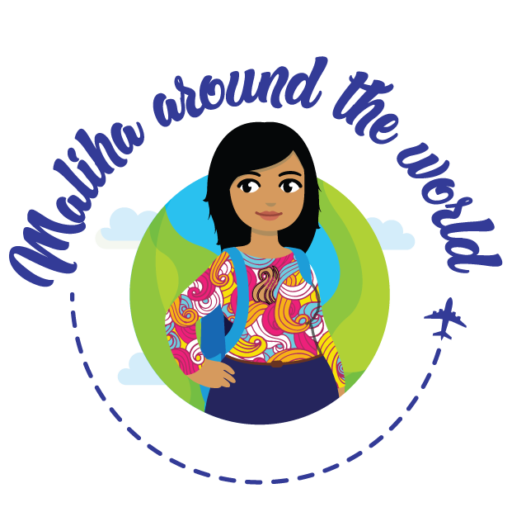When i was 12 years old, I was a wide eyed girl in history class, learning about world war one in my grade 6 history class. I learnt about how the assassination of Archduke Franz Ferdinand by a young man by the name of Gavrillo Princip triggered a war in Europe and more importantly that it is something that took place in Sarajevo, the capital of Bosnia. Until then, I had only learnt two things about Bosnia, one that there is a kind of fried bread in Bangladesh which is referred to as Bosnian Bread and number 2 that there was a war of some sort in Bosnia.
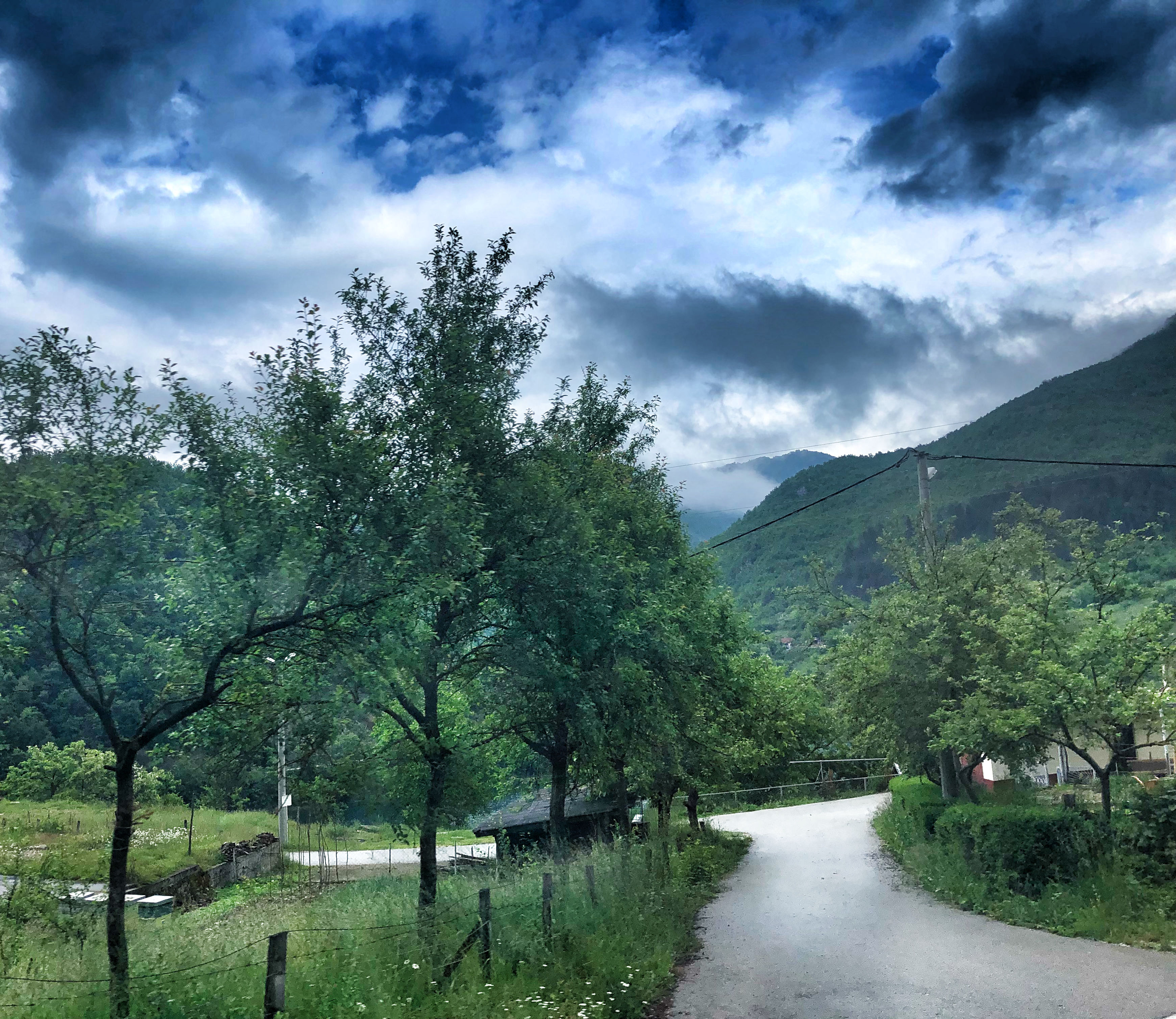
Over time, i got a little more invested in learning about the balkans. Slowly, i made my way through Bulgaria, Romania and Slovenia in 2016 and after being deported from Macedonia for no actual reason, I was even more determined to get myself to back to the region. So in the Spring of 2018 when i set out on my world trip, i made my way from Slovenia to Bosnia- having waited my entire life to meet Sarajevo, and i was not disappointed. I used my multiple entry schengen visa as a proxy visa as Bosnia allows tourists to visit the country with a proxy European Union, Schengen or American visa to visit for unto 90 days, I landed in Sarajevo and something about the way immigration went, super smoothly without any hassle or harassment ( I know how low have I set my bar for immigration officers in the world?), I just felt welcomed.
Sarajevo: I started my first day in Sarajevo with a stroll around the centre of old town, where I was staying, it was so beautiful, lively and happy. I walked around, drank some tea near the fountain in Sarajevo and came back to my hostel. The next morning, i woke up early and made my way to the walking tour, where i not only learnt about Sarajevo but learnt about Bosnia in general. Sarajevo is truly the point where East meets West – in fact there is an exact point in one street at the centre of the city where the architecture changes from Ottoman to Austro-Hungarian. If you walk east, you will meet the most famous fountain in Sarajevo, legend has it, if you drink the water from this fountain, you are bound to come back to Sarajevo. I hope this is true, because i intend to keep coming back to this wonderful city.
There is a street in old town Sarajevo which is reknowed for it’s food. This street, is home to the best tasting Burek I have ever come across in my entire life in Buregdžinica Bosna, and the best Cevapi in the world according to some people. For those of you who don’t know, Burek is a thin crispy layered pastry filled with cheese, spinach, pumpkin or meat and is served with a heap of sour cream. IT IS DELICIOUS! And Cevapi is basically kabab from the balkans – I did not really taste it but i have been told it is the best in the world by several Bosnians and non Bosnians alike.
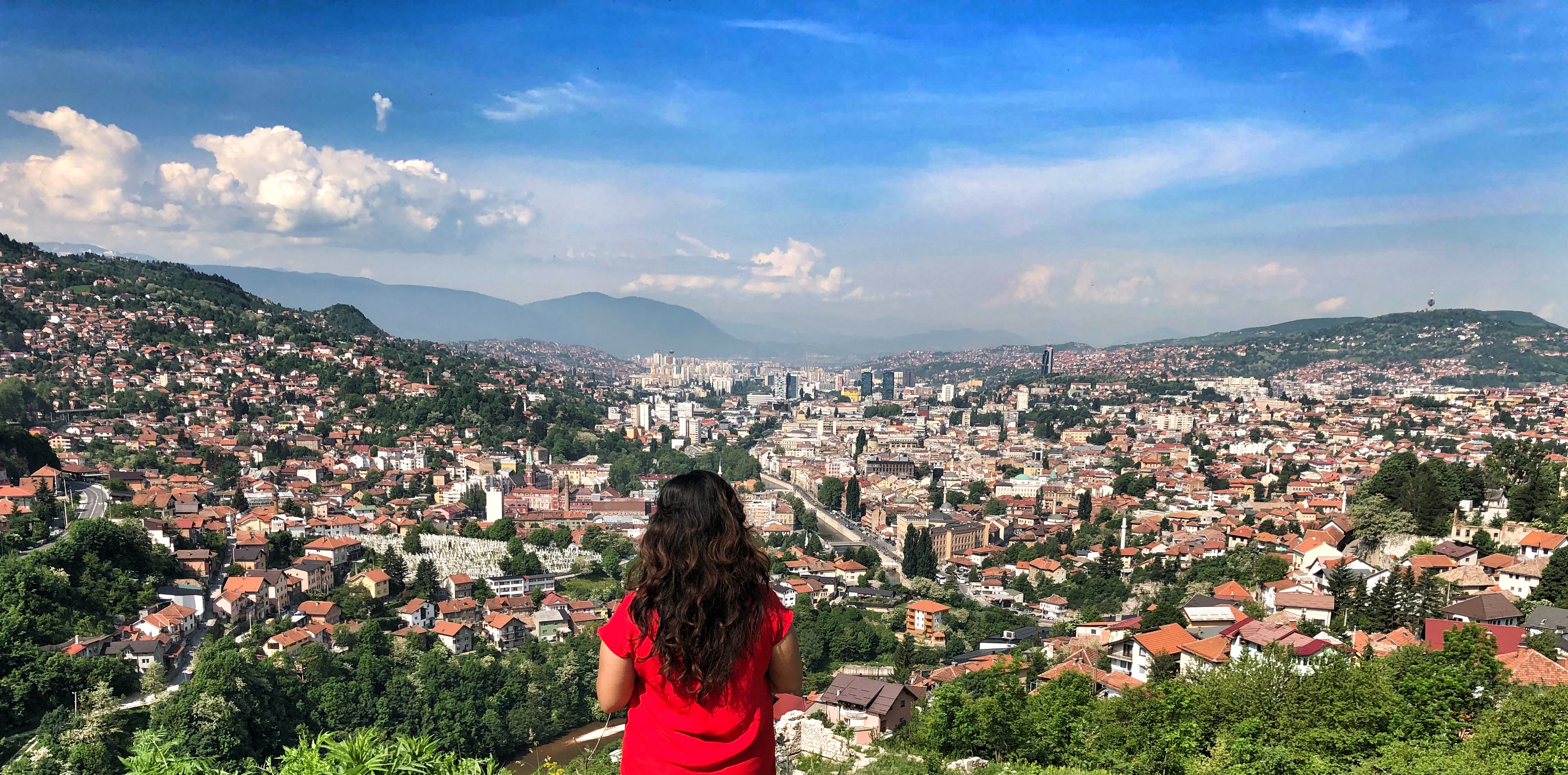 Stroll up the mount Trevevic to the white and yellow fortresses to have a great view of the city. The spot where the cable car into the mountain was operational- until the war when the operator of the cable car was the first casualty at the hands of the serb forces. A few weeks later on 5 April, the seige in sarajevo started and lasted for 1,425-days– making it the longest blockade of a capital in modern history. The spot was then occupied by snipers from the serb forces to shoot and kill civilians in the city – making it a place of horror. However, in 2018, 26 years after the Seige of Sarajevo the cable car was once again reopened for tourist use. I did not use the cable car, i hiked up to the mountain but you can do so for 20 marks.
Stroll up the mount Trevevic to the white and yellow fortresses to have a great view of the city. The spot where the cable car into the mountain was operational- until the war when the operator of the cable car was the first casualty at the hands of the serb forces. A few weeks later on 5 April, the seige in sarajevo started and lasted for 1,425-days– making it the longest blockade of a capital in modern history. The spot was then occupied by snipers from the serb forces to shoot and kill civilians in the city – making it a place of horror. However, in 2018, 26 years after the Seige of Sarajevo the cable car was once again reopened for tourist use. I did not use the cable car, i hiked up to the mountain but you can do so for 20 marks.
Sarajevo is distinct in many ways, one of the ways is that it features the signs of war with much strength. You see the bullet holes all over the city and even the country, additionally you see the signs of siege that was enforced on the country. Something unique to the city is how it transformed the remnants of war to something of remembrance, one such sign is the Sarajevo Rose. The Sarajevo Rose is a splatter of red on the streets of Sarajevo where civilians were killed during the war by the Serb forces. The splatter is that of mostars hitting the ground coloured in red and turned into a flower to symbolise the atrocities. But of the many things distinct about sarajevo, what stands out most is perhaps coexistence. Within a stones throw away, you will see a mosque, a synagogue, a catholic church and an orthodox church, representing all the major religions within the country.
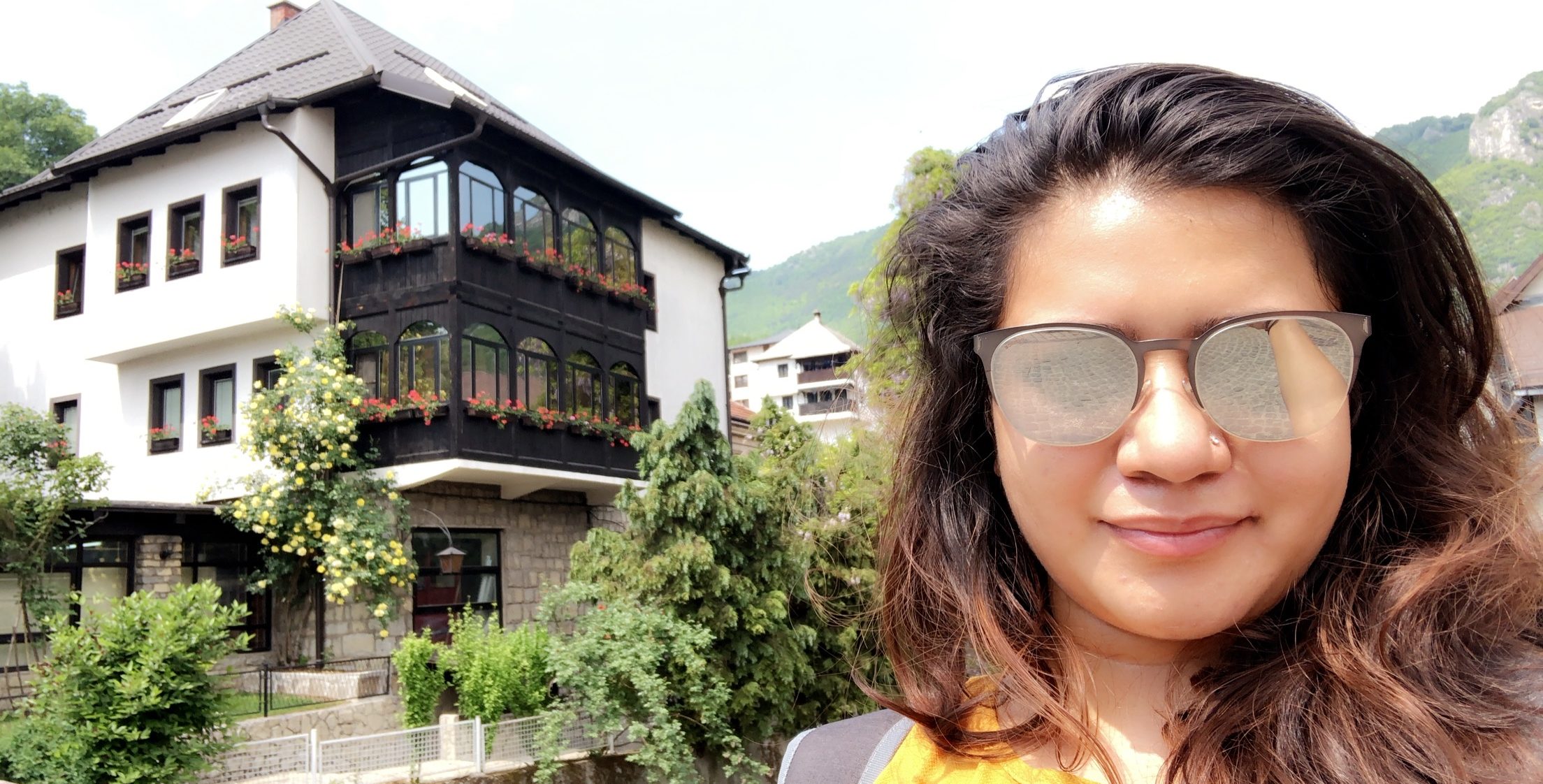
Travnik and Jajace: From Sarajevo, i took a bus up to Travnik, the old capital of Bosnia. The bus costs around 13 marks which would be 7.5 Euros. I took a 3 hour break there, dropped my bag off at the bus station reception. The people there are more than happy to store you bag free of charge so you can roam the city. Travnik, like many other bosnian cities is set amidst mountains and is very cute. Next to a stream of rapids, is situated a beautiful restaurant serving highly recommended Cevapi- once again i missed out on this experience as i do not eat red meat. However, i did sit next to the river and have a cup of delicious bosnian coffee, with the foam on top, just how i like it :). After 3 hours of exploring this city, i made my way up to Jajce – a tiny town, i would eventually fall in love with.
The bus ticket from Travnik to Jajce would set you back another 13 marks and from where the bus drops you to the place where you will stay, will like be a bit of hike. When i back pack, i am carrying at most 13 kilos on my back, so the hike up and down the hill was not too bad, and to be honest i did not care that much about it because the city is centred around a beautiful gushing vodapod – or waterfall. God did Bosnia justice when it comes to beauty. The tiny medieval town has a beautiful museum displaying the culture of the city and bosnia. It has some interesting catacombs to visit and beautiful walk through the park and into a mini forest ending in the waterfalls finally. Stunning landscape and wonderful people. I stayed in a small room in a small family owned hotel which had a view over looking the mosque and made small talk in german with the lovely bosnian owner. Incidentally, Jajce was the place where i learnt to maximise my language skills, step out of my comfort zone and try to speak german (deriving from the dutch i had learnt 17 years ago) to communicate.
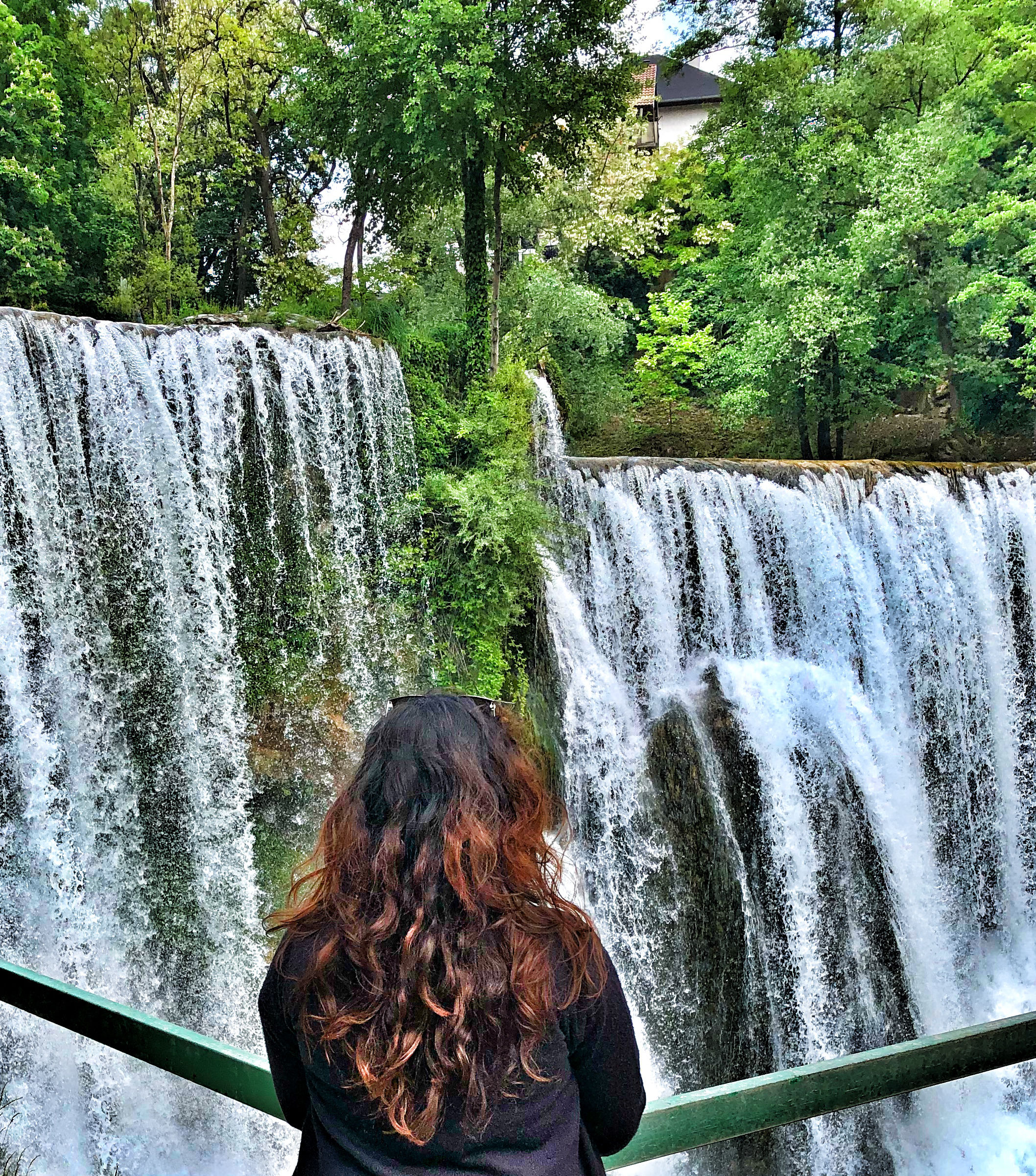
Bihac: The bus from Jajce to Bihac was 23 marks and took a good few hours. Bihac is stunning, it is a border town to Croatia and is often the place where people stay when they are visiting Plitvice national park. I did not go to Bihac to visit croatian, i visited bihac for the River Una. I swam in the river, took a walk around the city, went on a canoe trip around the city and drank some coffee with a few locals. Thing i remember most about my time in Bihac is how kind everyone was. Smiling faces all around. I was clearly the only foreigner around and people went out of their ways to make sure i was comfortable in their little town :). Bihac is far up north in Bosnia, from here i made my way down to the southern part of the country, Mostar. 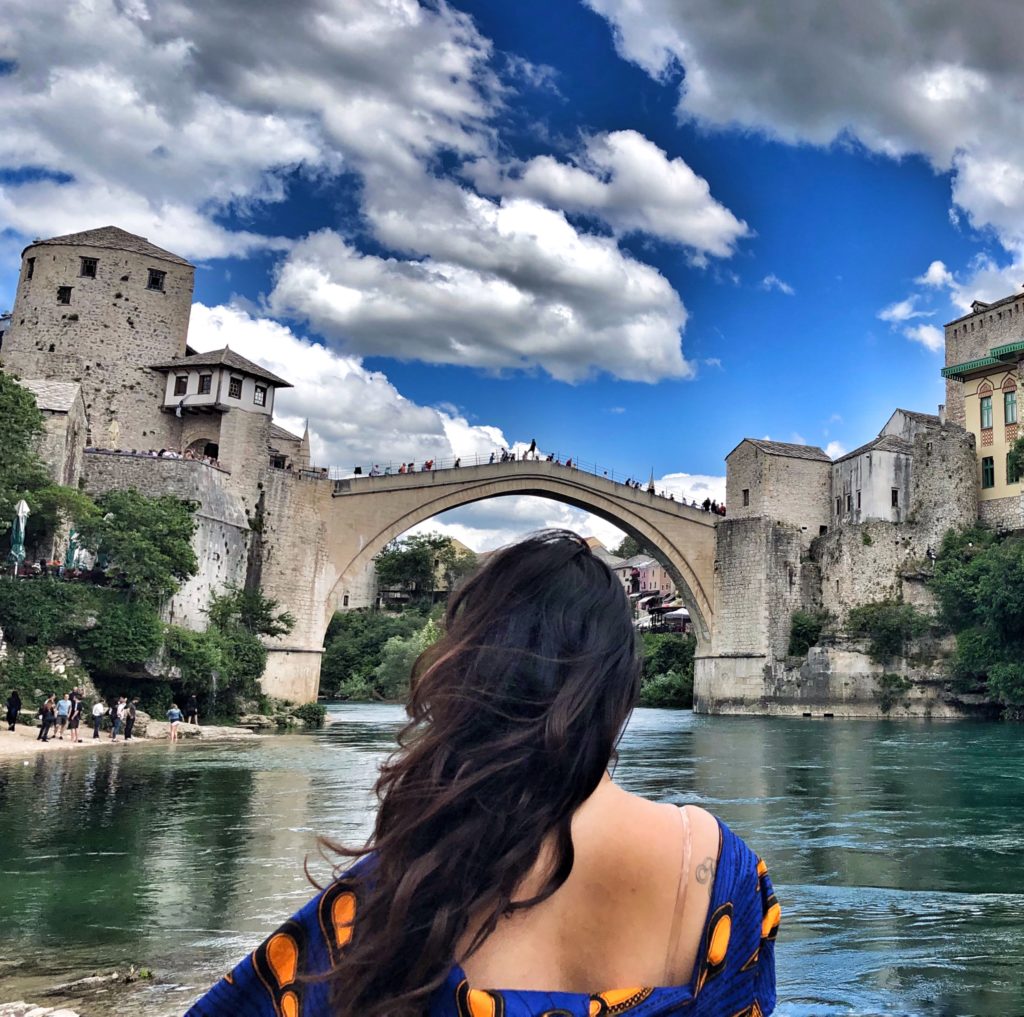
Mostar: To get to Mostar, I took a bus from Bihac to Donji Vakuf and from Donji Vakuf to Mostar. The Journey took an entire day and involved me getting a little bit lost in Donji Vakuf. They drop you off in the middle of the city and you kind of have to walk to the bus station- that bosnian sim i bought, came in very handy here. I walked to the bus stop and was a little lost about where to go- I asked a lady in an office near the bus station about this and she actually got out of her seat, took me to buy the ticket, introduced me to the bus driver and spoke to a cafe owner who let me sit in his cafe and gave me a complementary cup of bosnian coffee! I got on the bus to mostar, happy and once again taken aback by how far bosnian people went to make sure their guests were happy. The total journey cost me 45 Marks but if you want to skip the journey up north, you can take the famously picturesque train from Sarajevo to Mostar for a much cheaper and quicker journey, but then you would miss out the beauty of the north.
In Mostar, i stayed in a place called Majda’s hostel and it was one of the best decisions i have ever made. I made wonderful friends with whom i travelled to Montenegro and took a tour around the key places in Hercegovina that made my bond to the country even closer. It’s impossible to write a post about bosnia without mentioning the war it endured. The war in Bosnia was fought amongst the Bosniaks, serbs and croats in the country – I don’t want to go further into it because every time i do, a croat or a serb tend to bite my head off. But what’s central to the city of Mostar is the Stari Most Bridge- translated to “old bridge” in english. The bridge connects two crucial parts of the city with each other, with a river running between it. The bridge stood for hundreds of years until the war, when the Croat forces bombed it and it collapsed. The bridge was rebuilt once the war was over and now serves as a major tourist attraction. In fact you can pay a man 20 euros to jump of the bridge into the water.. I wanted to jump myself but apparently its banned for tourists or so i was told. Probably for the best to be honest, i don’t know how i would have explained that one to my parents, having skydived 4 months before….
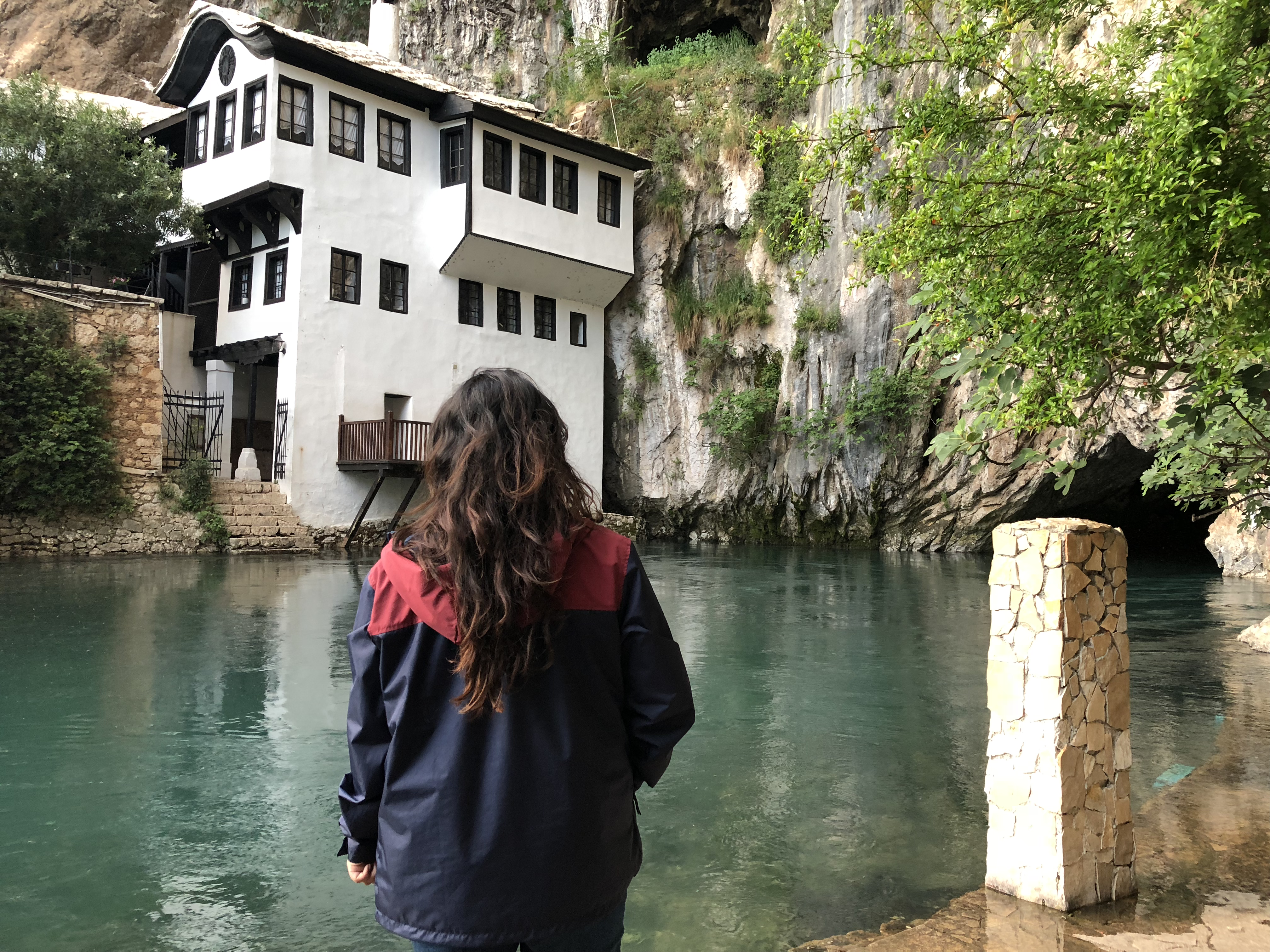
Mostar is also home to the beautiful waterfall Kravice (translation: cows), yeah i am as confused about how bosnians names things as you are. The waterfall is swimmable and honestly you may freeze, my friends and i dipped ourselves in the 15 degree cold water swam across the water – back and lived to tell the tale. The water fall is stunning! The most photographed spot of the country is the Blagaj Tekkia (Blagaj Monastery) – home to dervishes for hundreds of years. The monastery is almost completely attached to the mountain and above it is a spot that has been reknowned to have incredible meditative energy. People from across the world come here to meditate and find inner peace. The monastery was built in the 16th century and is situated at the source of the beautiful Buna river. Legend has it, if you drink the water from the river, your wishes will come true. So of course, i drank the water, it was crisp and delicious. It was also there that i learnt that Azerbaijanis brought islam to Bosnia as far back as the 14th century, before the Ottoman empire conquered Bosnia.

Bosnia is also known as the heart shaped country, because of the way it’s map is shaped and truly I can imagine why. I felt utmost love in the country which made me feel completely and utterly fulfilled. Bosnian hospitality is like no other i have experienced in this world. I felt that bosnians went out of their way to welcome me into their beautiful country, show me parts of their country and culture and learn about mine.
